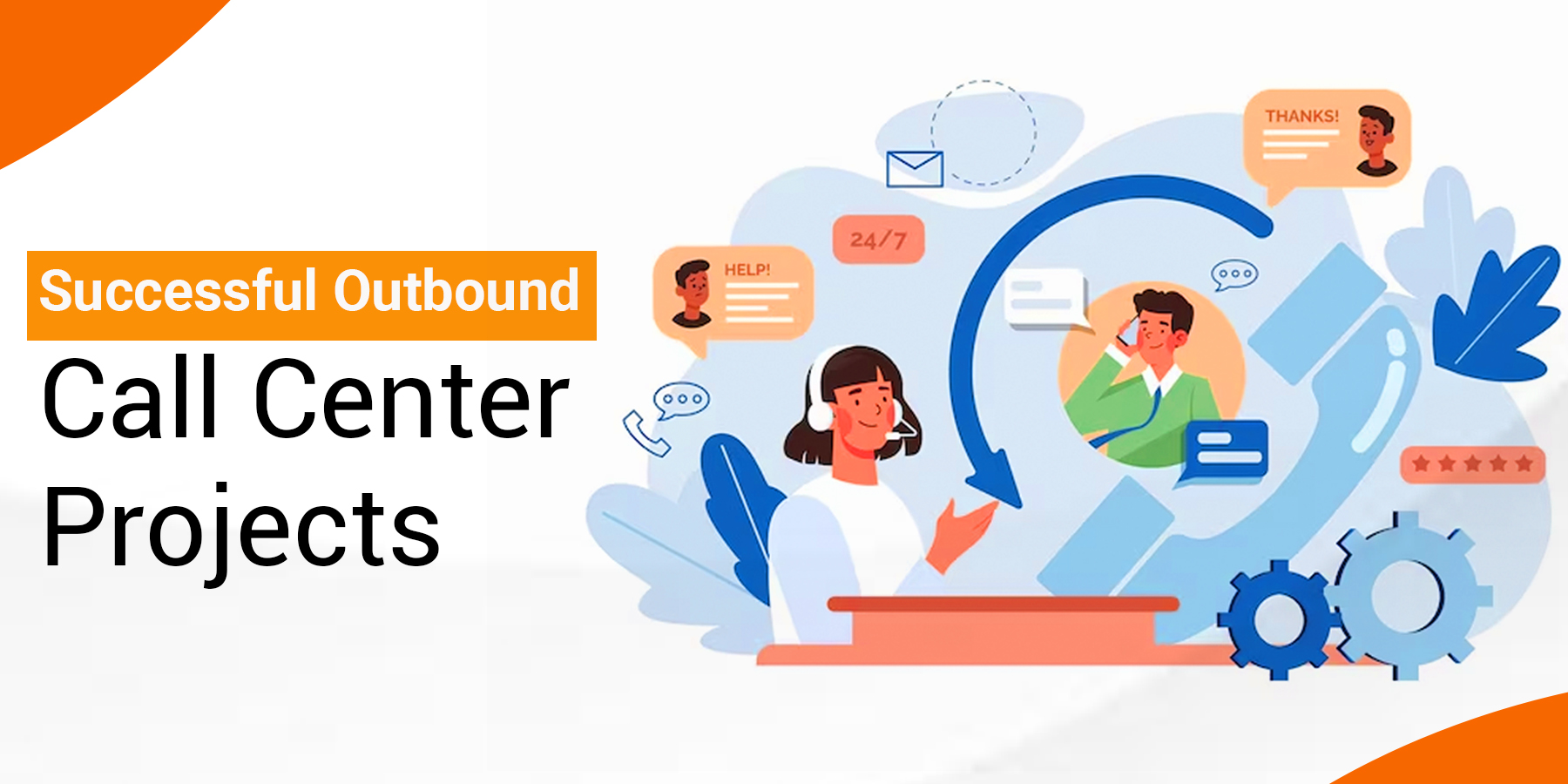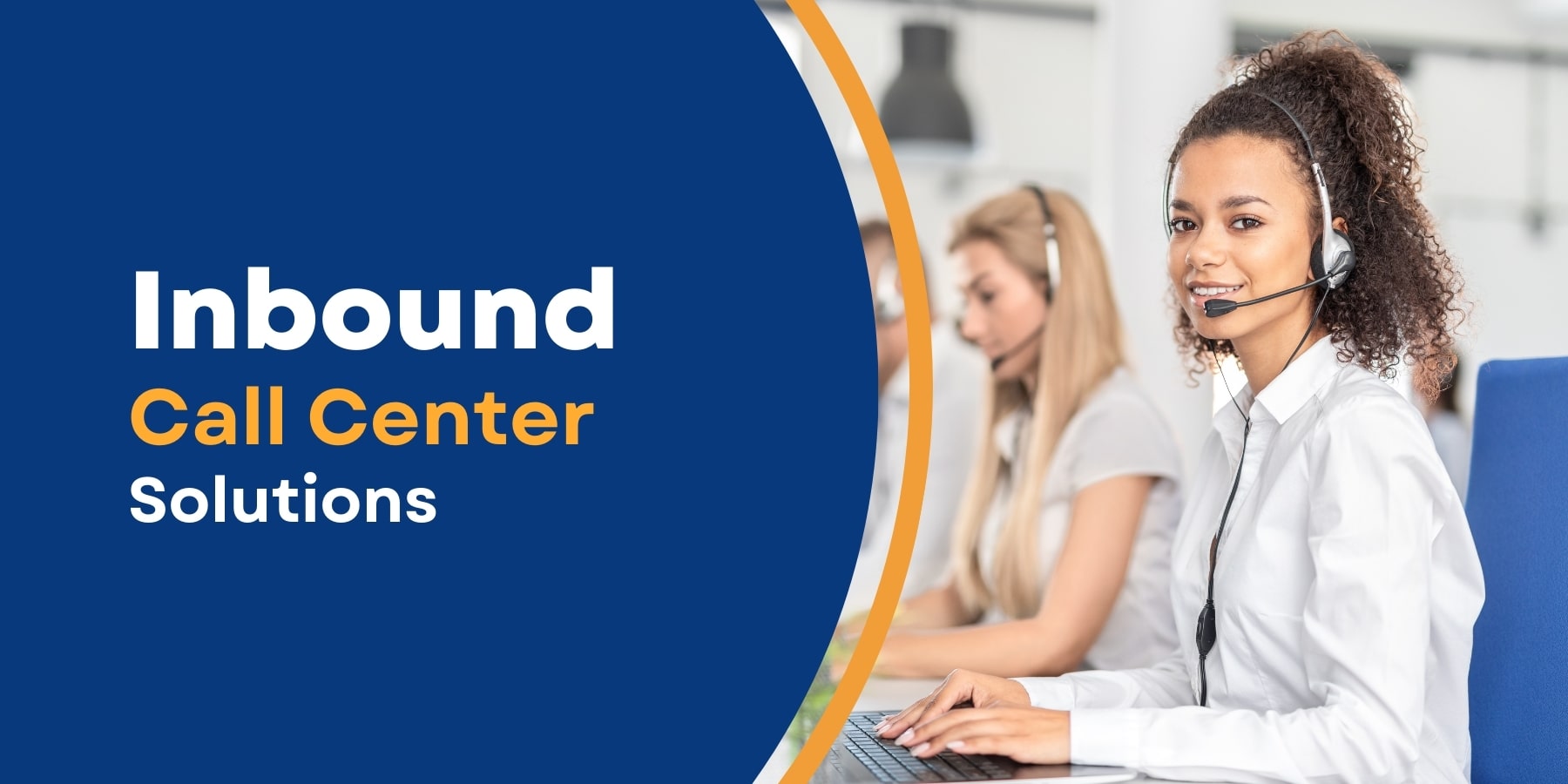Making effective outbound customer service calls requires both art and science. Based on the Salesforce report, As much as its product or services, the experience a company provides is deemed necessary by 88% of people. That's because establishing a strong emotional bond with clients is just as crucial as having solid evidence to support a claim.
Here are our top suggestions for developing an outbound call center service plan to enable your team to achieve goals and establish lasting relationships.
Create a Clear Strategy for Outbound Calls
You need a plan before your call is answered. Being as prepared as possible is more important than sticking to a rigid course of action (learning as you go is essential). Here's a starting point.
Tell Your Team What Success Looks Like
With a destination, a trip can exist. Ensure you've established clear end goals and shared them with your team before beginning an optimized outbound calls plan.
Do you need an appointment? Want to surpass your sales goals? Or just doing a survey? And who do you want to get in touch with? You can create OKRs (Objectives and Key Results) to aim for by providing answers to these and other questions.
Additionally, you should apply this method to your campaign's KPIs (Key Performance Indicators). These data points might provide you with a quick overview of how your campaign is doing. You could think about some of these:
- The amount of time an agent spends on outbound customer service calls, including hold or transfer time, is the average handle time (duration of all calls / total number of calls). A high, moderate closing time may indicate that agents need closing skills training.
- Conversion rate (number of sales / total calls): This is the fundamental indicator of how well agents can close a deal.
- The hole-in-one in the sales world is the first call close (number of closes on the first call / total calls). A successful sales approach will result in a high percentage of first-call finishes.
- A low occupancy rate means teams need more time to concentrate on interacting with customers. Occupancy rate (time on calls vs. time unavailable) For instance, productivity apps can reduce busywork by automatically transcribing and documenting call facts.
Offer Rewards and Instruction
Due to the high number of people changing professions, you must ensure that your team is engaged and attracting excellent salespeople. Although finding employees with the appropriate abilities is an essential piece of the jigsaw, you also need to develop talent.
The key to assisting agents in honing their craft is regular training. Use tools for live coaching to extend your instruction outside rehearsals and into actual situations. These capabilities enable team leads to listening in, and "whisper" features even would allow coaches to offer on-the-spot assistance without raising the client's suspicions.
Feed the fire once a team is performing at its best. “shout out to victories” Encourage excellent work via rewards, friendly competition, and commissions. The objective is to establish a culture that supports development (and makes it fun).
Improve Your Call Lists
When it comes to your outbound calling services strategy, quality prevails over number. To begin with, agents can succeed if they have a list of qualified leads fostered by marketing activities.
Research on the organization's internal structure, location, industry, and product demands should all be included in that call list. This guarantees that you are only reaching qualified prospects. Agents can engage with customers more empathetically, thanks to the additional context. Asking for "the proprietor" and immediately starting the sales pitch is one of the fastest ways to lose a potential customer.
Logging this data is easy with the correct tools. CRM programs can seamlessly integrate into your phone system, allowing you to track and rank prospects and start conversations with a single click.
Work on Your Scripts
The connection between scripts and sales is intricate. While they increase consistency between outbound customer service calls, there is a chance that sales will be lost as a result of stiff or prepared pitches.
Consequently, how do you thread the needle? The key is to support agents without entangling them. A strong outbound customer service script serves as a resource for people with trouble. Genuine relationships can be made thanks to fantastic writing.
Remember that creating a successful outbound customer service script requires a team effort (even Shakespeare had his collaborators). Contact your agents and allow them to share their thoughts and concerns. Test your drafts and make the necessary revisions. A script will be more effective, with more agents and customers contributing to it.
Talk to the Potential Customer on the Call
Even with the finest planning; everything is up for grabs as a consumer picks up. Here is a simple checklist to make sure your strategy for making outbound calls runs smoothly:
1. Attract the Client’s Attention
You only have seven seconds to make an excellent first impression, so use them wisely. Always address the client by name. Wait to immediately focus the outbound customer service conversation on yourself or your product; provide room for an open dialogue.
2. Give Them a Sense of Worth
Show that you know their position, difficulties, and context and are interested in learning more. So that they understand you have done your research and aren't approaching them out of the blue, tie this to specifics about their industry.
3. Respect Their Time
Keep in mind that your potential customer works a regular job. Ask them how much time they have before starting your pitch to avoid droning on.
4. Make No Promises You Cannot Keep
It can be alluring to make the world your customer close a sale quickly, but doing so will only lead to trouble down the road. Before you start selling, it's essential to have trust and understanding of the circumstances.
5. Make a Follow-up Appointment
Five follow-up outbound customer service calls are necessary for 80% of sales. Before hanging up, schedule your follow-up and strike while the iron is hot. The majority of deals are marathons, not races.
Make a Positive Feedback Loop
Ensure you get the most out of every outbound customer service call. To assess team performance, you first require monitoring. This relates to the first part of the strategy we spoke about—your OKRs and KPIs. How are you doing about your early objectives? Where does your plan falter, and where do you outperform targets?
Then, with trends discovered, it’s time to apply learnings. For instance, if you notice an agent with high levels of customer involvement but many outbound call center service transaction cancellations, this may indicate either a lack of product knowledge or overpromising. Coaching tailored to your team's needs and organizational issues will improve your team's strategy.
The key to developing a successful outbound customer service calls strategy is to ensure that your staff is empowered, motivated, and equipped with the finest tools for the job.
Wrapping Up
An effective outbound customer service call strategy requires both art and science to develop. A well-defined plan must be in place that describes the objectives and shares them with the team before making a call. To increase consistency and forge genuine connections with outbound contact center services, it is crucial to give agents ongoing training and rewards, update call lists, and collaborate on scripts.
It's critical to capture the customer's attention, convey value, show respect for their time, avoid making unattainable promises, and schedule a follow-up appointment during the call. Create an outbound calling services plan that will enable your team to achieve goals and create lasting relationships with the help of these 6 inventive solutions.
Wow Customer Support offers flexible and tailored outbound call center solutions that align with your business needs. Leveraging our expertise in key metric management, we can effectively optimize each call and enhance your sales opportunities. Contact us today to know more!






